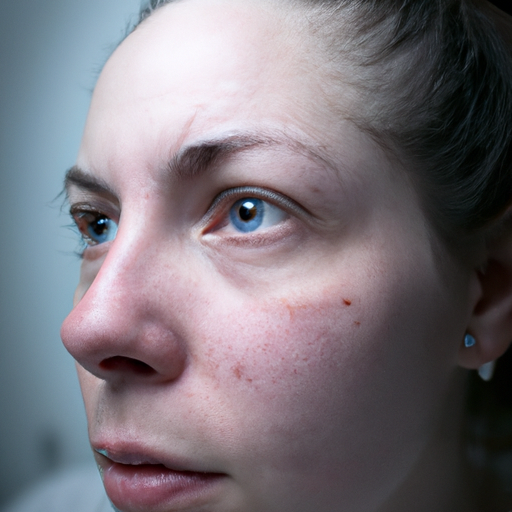As a medical professional, I have encountered numerous patients who struggle with dry skin. Dry skin, also known as xerosis cutis, is a common condition that can cause discomfort and, in severe cases, lead to complications such as eczema or bacterial infections. This article aims to unmask the mystery behind dry skin, providing a comprehensive guide to its diagnosis and treatment.
Dry skin is characterized by a lack of the appropriate amount of water in the most superficial layer of the skin, the epidermis. While it can affect any part of the body, it is most commonly found on hands, arms, and lower legs. Symptoms often include a feeling of skin tightness, especially after showering, bathing or swimming; skin that appears shrunken or dehydrated; skin that feels rough rather than smooth; itching (pruritus); slight to severe flaking, scaling or peeling; fine lines or cracks; redness; and deep fissures that may bleed.
The causes of dry skin are numerous and varied. They range from environmental factors like cold or dry weather, indoor heating, hot showers, harsh soaps and detergents, to certain medical conditions such as diabetes, hypothyroidism, malnutrition, atopic dermatitis, psoriasis, and ichthyosis. Aging also plays a significant role as the skin tends to become thinner and less elastic over time.
Diagnosing dry skin is typically straightforward. As a doctor, I usually can identify dry skin by examining the skin and reviewing the patient’s medical history. In some cases, I might suggest a skin biopsy to rule out other conditions that can cause dry skin.
Once diagnosed, the treatment for dry skin primarily involves lifestyle changes and over-the-counter treatments. The first step is to hydrate the skin from the outside in. This can be achieved by taking shorter showers with lukewarm water, using gentle soaps that do not strip the skin of its natural oils, and applying a moisturizer immediately after bathing to lock in moisture.
Moisturizers come in various forms such as ointments, creams, lotions, and gels. Ointments and creams are more effective and less irritating than lotions. Look for products with ingredients like lactic acid, urea, hyaluronic acid, dimethicone, glycerin, lanolin, mineral oil, and petrolatum. For extremely dry skin, I often recommend creams or ointments that contain an alpha hydroxy acid, which can help exfoliate dead skin cells.
In addition to topical treatments, it is also important to hydrate from the inside out. This means drinking plenty of water and eating a balanced diet rich in essential fatty acids.
For patients with severe or persistent dry skin that does not improve with over-the-counter treatments, I may prescribe a prescription cream or ointment, a medication to address an underlying health condition, or even recommend light therapy.
In conclusion, dry skin is a common condition that can cause significant discomfort. However, with a proper understanding of its causes and treatments, it can be effectively managed. Remember, every person’s skin is unique, and what works for one person may not work for another. Therefore, it is essential to consult with a healthcare professional if you have concerns about your skin health.



